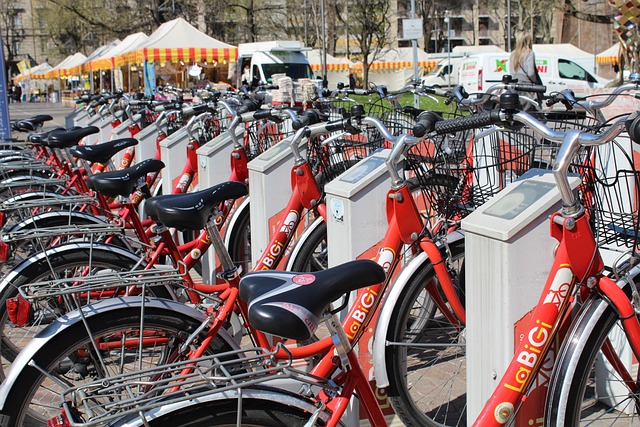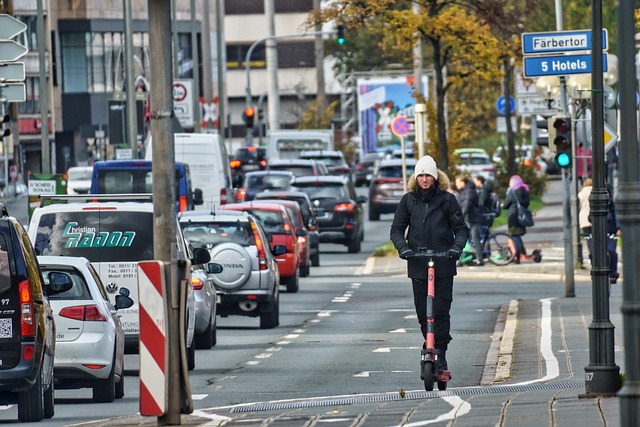In our rapidly changing world, the concept of sustainable mobility is becoming crucial, especially when we consider its impact on rural development. As urban areas continue to expand, rural communities often find themselves at a disadvantage when it comes to accessible transportation options. This disparity limits not just mobility but also economic opportunities, education, and healthcare access for rural populations.
Transport sustainability is about creating transport systems that not only meet current mobility needs but also protect the environment for future generations. In rural areas, where public transport may be limited or non-existent, promoting sustainable solutions is essential. This might include developing bike-sharing programs, encouraging electric vehicle use, or investing in improved public transport that connects rural communities to urban centers.
Moreover, adopting innovative technologies like solar-powered vehicles or electric buses can help reduce carbon footprints while making travel easier for those who live outside urban environments. Additionally, promoting telecommuting and digital connectivity can reduce the necessity for travel altogether. By fostering creativity in transport solutions, rural communities can thrive while minimizing their environmental impact.
The benefits of sustainable mobility stretch beyond transportation; they create a ripple effect that can contribute to overall rural development. When people can travel easily and efficiently, they can access jobs, education, and healthcare services more readily. This access leads to improved quality of life, encouraging young people to remain in or return to their rural hometowns, which in turn stimulates local economies.
Implementing sustainable mobility strategies requires the collaboration of government agencies, local businesses, and community members. Each stakeholder plays a crucial role in creating an ecosystem that supports accessible transport solutions tailored to the unique needs of rural populations. By engaging these communities in the planning process, we can ensure that sustainable mobility initiatives address their specific challenges while promoting inclusivity and resilience.
Ultimately, sustainable mobility represents more than just transportation; it embodies a vision for equitable rural development that prioritizes the needs of all residents. As we drive forward into the future, it’s crucial that we harness the power of sustainable solutions to enhance mobility in rural areas. Doing so will not only improve transport options but also empower communities, foster economic development, and create a healthier planet for future generations.



